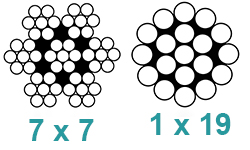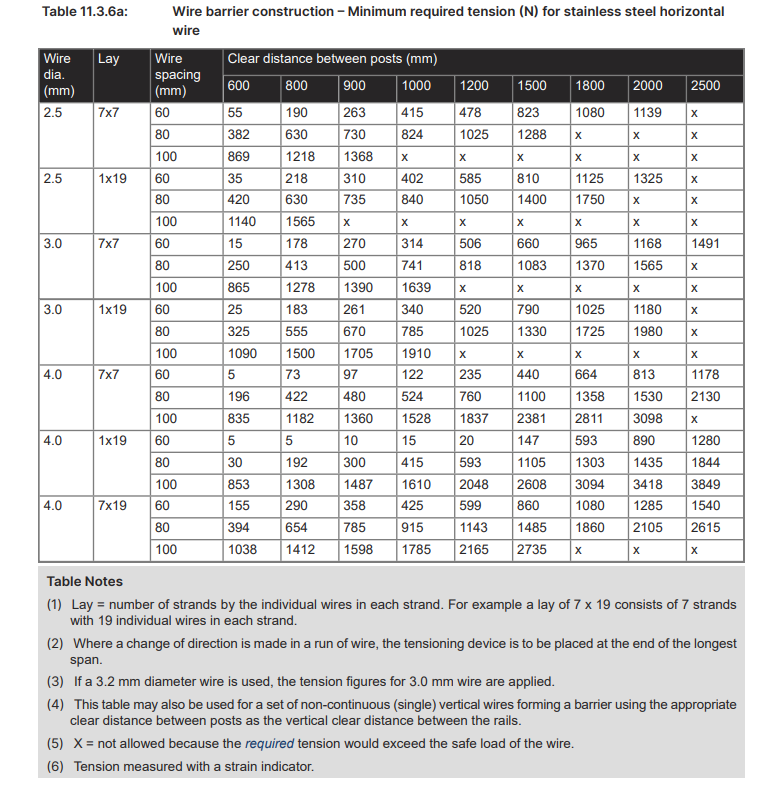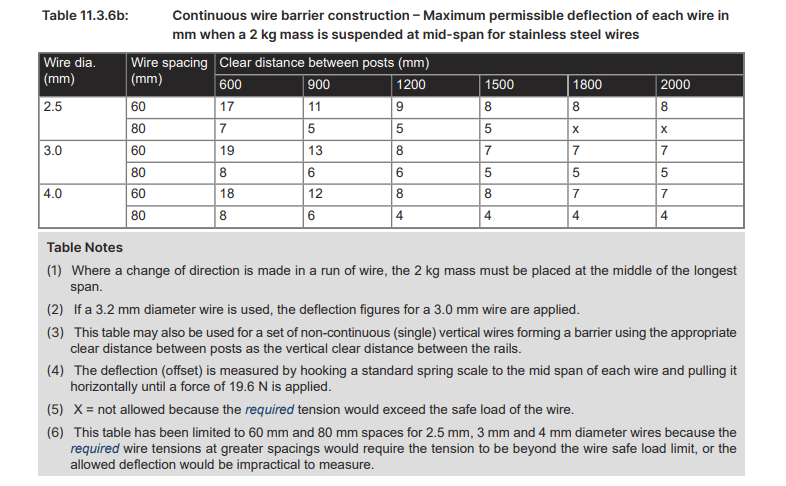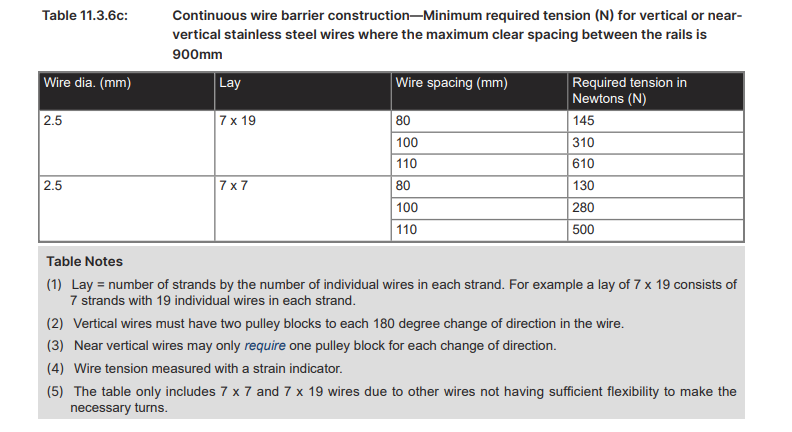SECURE SHOPPING
AWR Solutions only works with reputable technology companies to provide secure Credit Card Transactions. All website transactions are processed by Stripe or PayPal (if selected).
In store we use ANZ merchant facilities and through our ERP system, we use eWay.
We are committed to utilising the latest and most secure technology to give you peace of mind that your details are respected and safe.
How do we do this?
- Credit Card Numbers are processed securely using a 256-bit AES data encryption method.
- We employ Secure Socket Layer (SSL) protocols to ensure information provided over the internet is transmitted securely.
- All Cardholder information is stored and processed in accordance with the Payment Card Industry Data Security Standard (PCI DSS).
PRIVACY POLICY
1. Privacy is Important
We recognise that privacy of personal information is important to individuals and as such, we take website security very seriously and are committed to safeguarding your personal information. We conduct various physical, electronic, administrative and managerial security procedures in order to protect personal information from loss and misuse, and from unauthorised access, modification, disclosure and interference.
We are bound by the Privacy Act 1988 (‘Act’). The compliance with the applicable privacy principles as set out within the Act are as follows:
2. Personal Information
Personal information is information which relates to an individual who can be identified from that information, or from that information and other information in a person’s possession, including any expression of opinion, whether true or not, and whether recorded in material form or not, about an identified or reasonably identified individual, and any indication of intention in respect of an individual.
3. Kinds of Personal Information
We may collect all or some of the following information relating to you:
(a) Information you give us – You may give us information about you by filling in forms on our site www.awrsolutions.com.au (‘our site’) or by corresponding with us by phone, e-mail or otherwise. This includes information you provide when you use our site, subscribe to our newsletter, search for a product, participate in discussion boards or other social media functions on our site, enter a competition, promotion or survey, and when you report a problem with our site. The information you give us may include your name, address, e-mail address and phone number, financial and credit card information, personal description or details and photograph.
(b) Information we collect about you – With regard to each of your visits to our site we may automatically collect the following information:
(i) Technical information, including the Internet protocol (IP) address used to connect your computer to the Internet, browser type and version, time zone setting, browser plug-in types and versions, operating system and platform; and
(ii) Information about your visit, including the full Uniform Resource Locators (URL) clickstream to, through and from our site (including date and time); products you viewed or searched for; page response times, download errors, length of visits to certain pages, page interaction information (such as scrolling, clicks, and mouse-overs), and methods used to browse away from the page and any phone number used to call our customer service number.
(c) Information we receive from other sources - We may receive information about you if you use any of the other websites we operate or the other services we provide. We are also working closely with third parties (including, for example, business partners, sub-contractors in technical, payment and delivery services, advertising networks, analytics providers, search information providers, credit reference agencies) and may receive information about you from them.
In some circumstances, we may collect personal information from you which is regarded as sensitive information pursuant to the Act. Sensitive information includes types of personal information such as your racial or ethnic origin, religious beliefs or affiliations, criminal record and health information. We will only collect sensitive information when necessary in accordance with section 3.3 of the Australian Privacy Principles as set out within the Act about you with your consent and where reasonably necessary for, or directly related to, one or more of our functions or activities. Where you provide sensitive information to us, you consent to us using that sensitive information for the purpose for which it was collected.
4. Collection and Use of Personal Information
Any personal information you provide to us will be used for business purposes only. We will only ask for and use personal information we reasonably need to conduct our business and communicate with you effectively in regards to your transaction. If you have received any promotional material and do not wish to receive it then, upon letting us know, we will no longer send it to you.
By providing us, or otherwise allowing us to collect, your personal information, you consent to us using and disclosing your personal information for the purposes for which it was collected, and for related or ancillary purposes. We use information held about you in the following ways:
(a) Information you give to us – We will use this information:
(i) to carry out our obligations arising from any contracts entered into between you and us and to provide you with the information, products and services that you request from us;
(ii) to provide you with information about other goods and services we offer that are similar to those that you have already purchased or enquired about;
(iii) to provide you with information about goods or services we feel may interest you. If you are an existing customer, we will only contact you by electronic means (e-mail or SMS) with information about goods and services similar to those which were the subject of a previous sale or negotiations of a sale to you. If you are a new we will contact you by electronic means only. If you do not want us to use your data in this way, or to pass your details on to third parties for marketing purposes, please tick the relevant box situated on the form on which we collect your data;
(iv) to notify you about changes to our service; and
(v) to ensure that content from our site is presented in the most effective manner for you and for your computer.
(b) Information we collect about you – We will use this information:
(i) to administer our site and for internal operations, including troubleshooting, data analysis, testing, research, statistical and survey purposes;
(ii) to improve our site to ensure that content is presented in the most effective manner for you and for your computer;
(iii) to allow you to participate in interactive features of our service, when you choose to do so;
(iv) as part of our efforts to keep our site safe and secure;
(v) to measure or understand the effectiveness of advertising we serve to you and others, and to deliver relevant advertising to you;
(vi) to make suggestions and recommendations to you and other users of our site about goods or services that may interest you or them;
(vii) identification of fraud or error;
(viii) internal accounting and administration; and
(ix) other purposes permitted or required by law (e.g. to prevent a threat to life, health or safety).
(c) Information we receive from other sources - We may combine this information with information you give to us and information we collect about you. We may use this information and the combined information for the purposes set out above (depending on the types of information we receive).
We are only allowed to store your personal information for as long as necessary having regard to the purpose for which it was collected or a related or ancillary purpose. We may therefore delete your personal information after a reasonable period of time and, if you have not used our services for some time, you may have to re-enter or re-supply your personal information to us.
5. Disclosure of Personal Information
We may share your information with selected third parties including:
(a) Business partners, suppliers and sub-contractors for the performance of any contract we enter into with them or you.
(b) Advertisers and advertising networks that require the data to select and serve relevant adverts to you and others. We do not disclose information about identifiable individuals to our advertisers, but we may provide them with aggregate information about our users (for example, we may inform them that 500 men aged under 30 have clicked on their advertisement on any given day). We may make use of the personal data we have collected from you to enable us to comply with our advertisers' wishes by displaying their advertisement to that target audience.
(c) Analytics and search engine providers that assist us in the improvement and optimisation of our site.
We may disclose your personal information to third parties:
(a) In the event that we sell or buy any business or assets, in which case we may disclose your personal data to the prospective seller or buyer of such business or assets;
(b) If AWR Solutions, or substantially all of its assets are acquired by a third party, in which case personal data held by it about its customers will be one of the transferred assets;
(c) If we are under a duty to disclose or share your personal data in order to comply with any legal obligation, or in order to enforce or apply our Website Terms and Conditions and other agreements; or to protect the rights, property, or safety of AWR Solutions, our customers, or others. This includes exchanging information with other companies, organisations and government department for the purposes of fraud protection and credit risk reduction; and
(d) where we suspect that unlawful activity has been or may be engaged in and the personal information is a necessary part of our investigation or reporting of the matter
Other than the above, we will not disclose your personal information without your consent unless we reasonably believe that disclosure is necessary to lessen or prevent a threat to life, health or safety or for certain action to be undertaken by an enforcement body (e.g. prevention, detection, investigation, prosecution or punishment of criminal offences), disclosure is authorised or required by law or disclosure is otherwise permitted by applicable privacy laws.
When you provide, or otherwise allow us to collect, your personal information, you consent to your personal information being disclosed to certain overseas recipients, as set out below under ‘Where we store your data’. Where we disclose your personal information to an overseas recipient, you agree that we will not be required to ensure the recipient’s compliance with Australian privacy laws or otherwise be liable or accountable for how the recipient handles your personal information. If you have any objections to your personal information being disclosed to an overseas recipient, please let us know.
6. Storage of Personal Information
The data that we collect from you may be transferred to, and stored at, a destination outside Australia. It may also be processed by staff operating outside Australia who work for us or for one of our suppliers. Such staff may be engaged in, among other things, the fulfilment of your order, the processing of your payment details and the provision of support services. By submitting your personal data, you agree to this transfer, storing or processing. We will take all steps reasonably necessary to ensure that your data is treated securely and in accordance with this privacy policy.
All information you provide to us is stored on secure servers. Any payment transactions will be encrypted using SSL technology.
Unfortunately, the transmission of information via the internet is not completely secure. Although we will do our best to protect your personal data, we cannot guarantee the security of your data transmitted to our site; any transmission is at your own risk. Once we have received your information, we will use strict procedures and security features to try to prevent unauthorised access.
AWR Solutions regularly reviews security and encryption technologies and we strive to protect your personal information as fully as we protect our own confidential information.
7. Your Rights
You have the right to ask us not to process your personal data for marketing purposes. We will usually inform you (before collecting your data) if we intend to use your data for such purposes or if we intend to disclose your information to any third party for such purposes. You can exercise your right to prevent such processing by unchecking certain boxes on the forms we use to collect your data. You can also exercise the right at any time by contacting us at Unit 3/ 2 Aliciajay Circuit, Luscombe QLD 4207 or by email at sales@awrsolutions.com.au.
8. Access to Personal Information
In accordance with privacy laws, we give you access to your personal information we hold so you can correct misinformation. You may, at any time, log in to our system and add or modify your details. You may also request us to delete any personal information we have stored. Subject to any exceptions set out in applicable privacy laws, we invite you to access any personal information we may hold about you. Where personal information we hold about you is not accurate, complete, up-to-date or relevant, you may ask us to correct that personal information, and we will respond to your request within a reasonable time. We reserve the right to confirm the identity of the person seeking access or correction to personal information before complying with such a request. If we deny access or correction, we will provide you with the reason for such denial. If you wish to access or seek correction of any personal information we hold about you, please contact us.
You are legally obliged to always provide accurate information and you agree to update it whenever necessary. You also agree that, in the absence of any update, we can assume that the information submitted to us is correct.
You can also choose not to provide us with some of the information we request, however as a result we may not be able to complete your arrangements.
Subscribers can opt out of receiving further information from us at any time by following the ‘unsubscribe’ link on our email correspondence.
9. Cookies
Please note that in order for us to provide you with optimum service, we use ‘cookies’ on our website. A cookie is a text-only string of information that a website transfers to the cookie file of the browser on your computer's hard disk so that the website can remember who you are. Cookies will typically contain the name of the domain from which the cookie has come, the "lifetime" of the cookie, and a value, usually a randomly generated unique number.
Two types of cookies are used on our site - session cookies, which are temporary cookies that remain in the cookie file of your browser until you leave the site, and persistent cookies, which remain in the cookie file of your browser for much longer (though how long will depend on the lifetime of the specific cookie).
Cookies allow us to obtain information regarding users of our site which essentially helps us to provide you with a better user experience and tailor our services to your individual needs. We may collect information such as your IP address, online activity, web browser details and online activity. We will not however collect or store any of your passwords or other highly sensitive data.
By using our site with your browser settings adjusted to accept all cookies, we will take this to mean that you want to use our products and services, and that you consent to our use of cookies and other technologies as described in this Policy.
Browser settings: Most browsers have options that allow the visitor to control whether the browser will accept cookies, reject cookies, or notify the visitor each time a cookie is sent. You may elect to reject cookies by adjusting your browser's settings, but doing so will limit the range of features available to the visitor on our site and most other major websites that use cookies. We use the following types of cookies on our website:
Category 1: Strictly Necessary Cookies
These cookies are essential in order to enable you to move around the website and use its features, such as accessing secure areas of the website. Without these cookies certain services you have asked for cannot be provided.
Category 2: Analytical / Performance Cookies
These cookies collect information about how visitors use a website, for instance which pages visitors go to most often, and if they get error messages from web pages. These cookies don’t collect information that identifies a visitor. All information these cookies collect is aggregated and therefore anonymous. It is only used to improve how a website works.
Category 3: Functionality Cookies
These cookies are used to recognise you when you return to our site. This enables us to personalise our content for you, greet you by name and remember your preferences (for example, your choice of language or region).
By using our site, you agree that we can place these types of cookies on your device.
Further information
To find out more information about cookies, please visit www.allaboutcookies.org .
10. External Links
Our website contains links to third party or external sites which are not directly related to AWR Solutions and owned by third parties; examples may include freight providers, industry bodies, suppliers etc. It is our goal to link only to reputable and relevant sites to our industry. Please be aware that AWR Solutions does not monitor and is in no way responsible for the content or privacy practices of any such third party sites. This Policy covers websites owned and controlled by us only. Links to other websites and any information collected by these sites are not covered by this privacy statement.
11. Monitoring
To ensure that we carry out your instructions accurately, to help improve our service and in the interest of security, we may monitor and/or record: (1) your telephone calls; and (2) customer activities on our site. All recordings are and shall remain our sole property.
12. Updates and Changes
As our privacy statement may change due to developments in the law we encourage you to re-read this from time to time so you are aware of any changes in how we gather and use your personal information. We reserve the right to change our Policy at any time and for any reason. Any changes to this Policy will be either posted on our website, brochure and/or made available on request.
13. Contact
For any questions, comments, complaints and requests regarding this privacy policy, please contact us on 1300 781 266.
FAQ's
How secure is my transaction?
Our online store supplies you with a secure session within our shopping 'checkout' process. All credit card numbers are encrypted when the order is placed using state of the art 256 bit SSL encryption and we do not have access to these details. Your credit card numbers, personal information and order information are only decrypted after they reach our order processing computers. This information is not held in clear text on any website or server. You will notice a padlock icon on of your browser when you enter through to the 'checkout'. This indicates that all information entered in the session is secure.
How safe are my credit card details?
We do not view your credit card details at any time. When making payment in our checkout your credit card payment is automatically processed via a secure payment gateway processor. We do not have access to your credit card details at any stage. Stripe uses state of the art official Bank Secure Socket Layer (SSL) encryption standard and deposits our payment into our bank account without viewing your card details.
What credit cards can I use on your site?
The following cards can be used at AWR Solutions: Visa and MasterCard. We also accept PayPal.
Do I need a credit card?
No. The following options are available:
- Payment can be made by Bank Deposit. Select this option at checkout and we will supply BSB and account details
- We also accept PAYPAL payments.
Australian GST?
All prices in our online store will clearly state whether they include or exclude GST. GST Exclusive prices will only display to logged in customers. 10% GST is payable on Australian orders only and will be removed for international purchases.
Do you convert my total into other currencies?
No. We will bill your credit card in Australian dollars and your card company will convert the charges for you. Your credit card provider will calculate the actual amount.
We reserve the right:
To cancel any order, at which time, we will notify this action by e-mail or phone, using the e-mail address or number/s provided. We will refund the monies paid using the original method received. All orders are subject to availability of stock.
.png)

.png)




